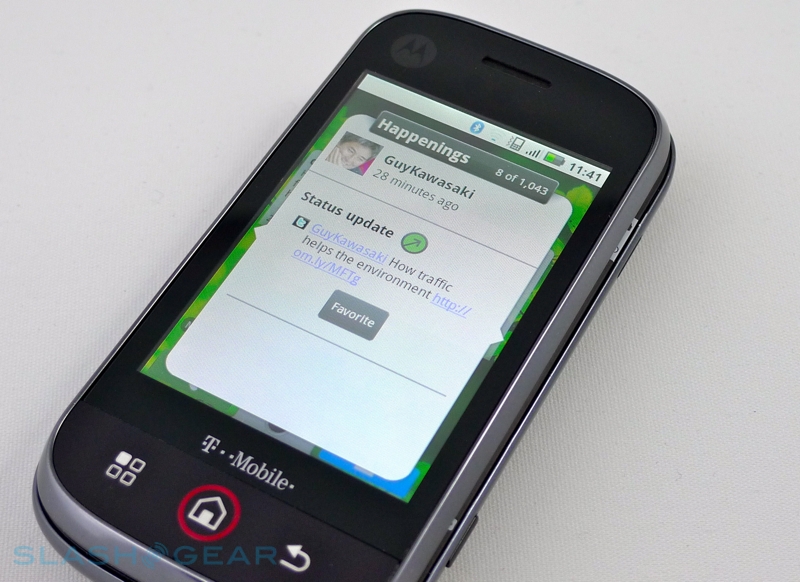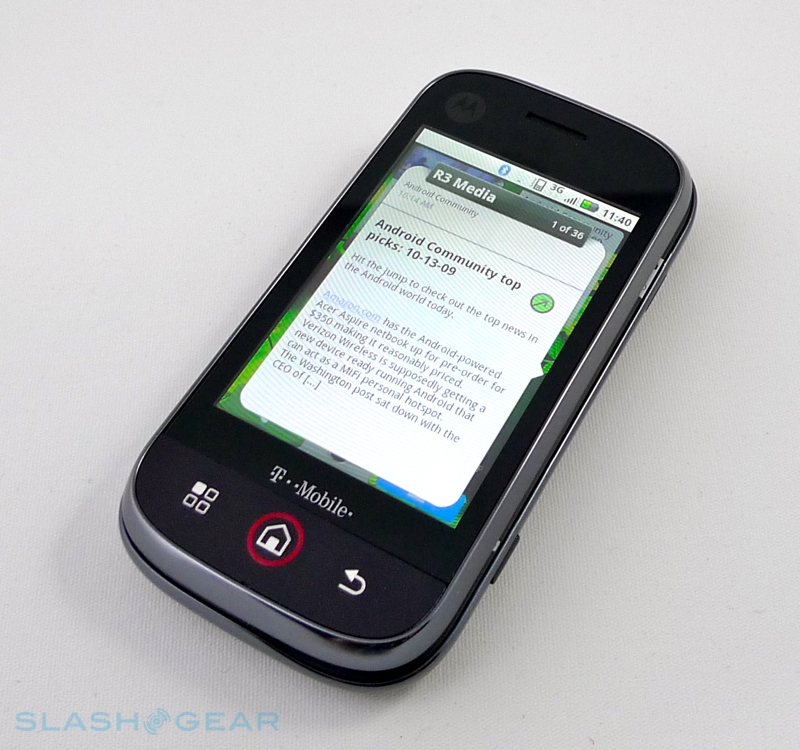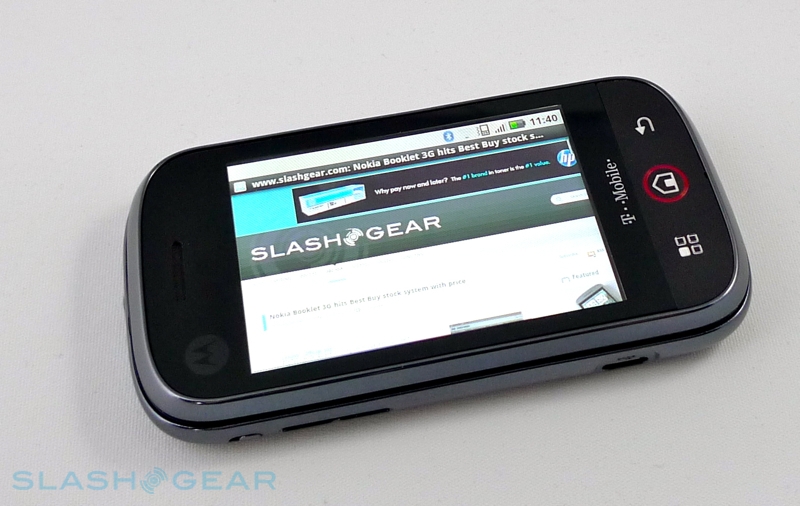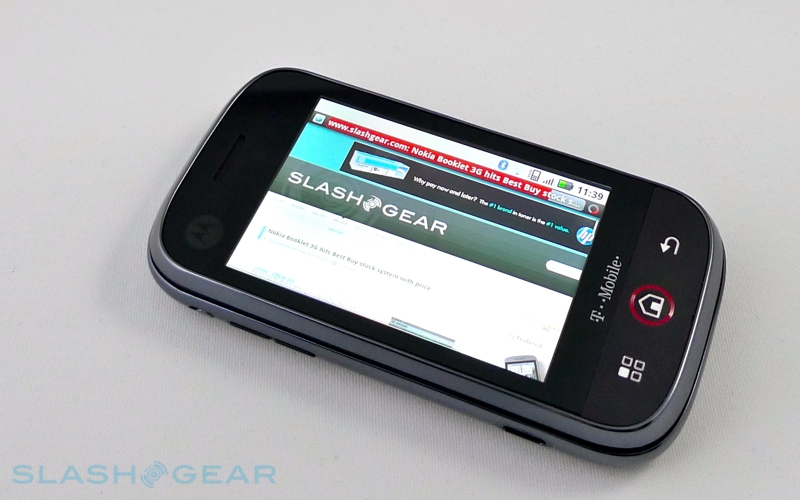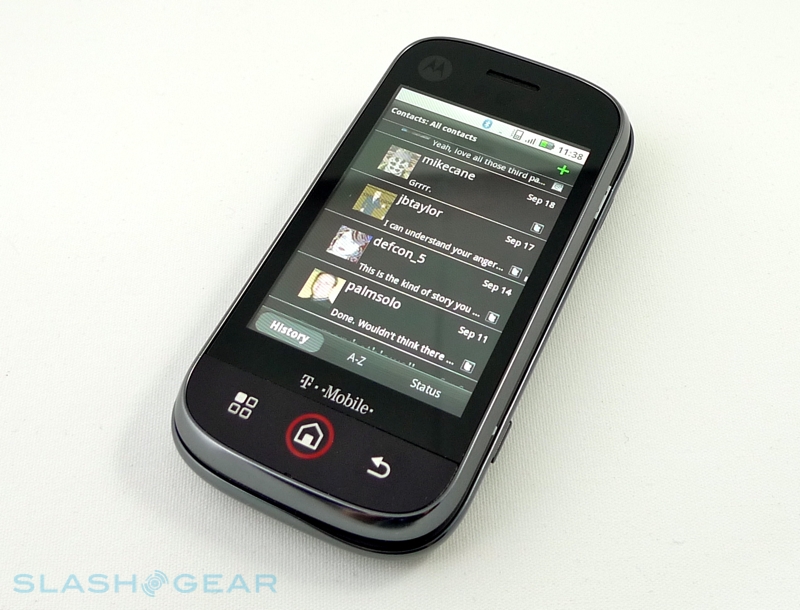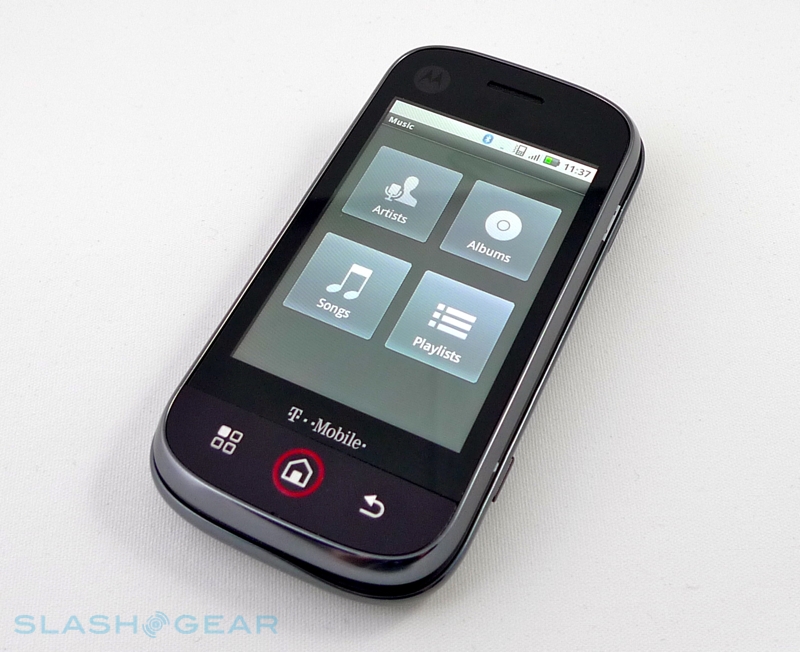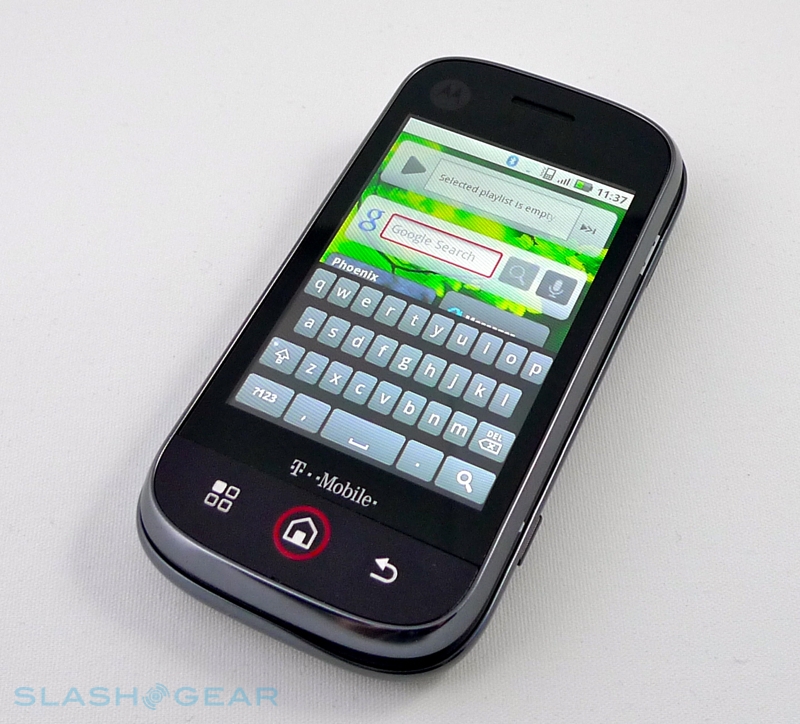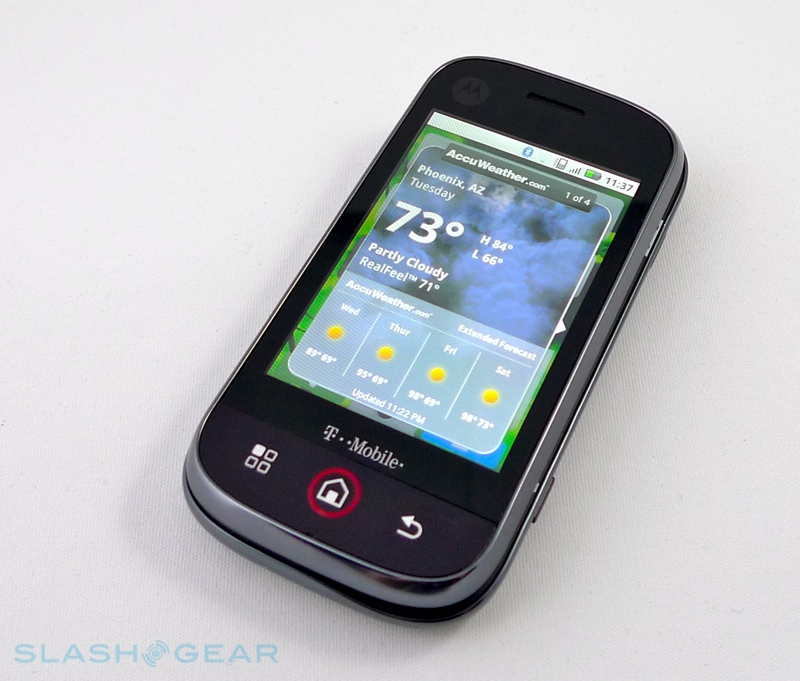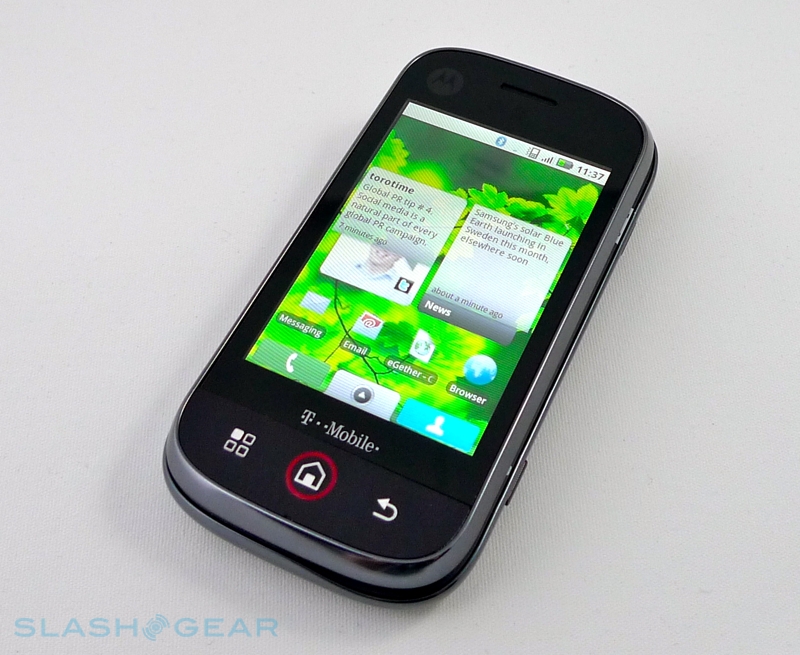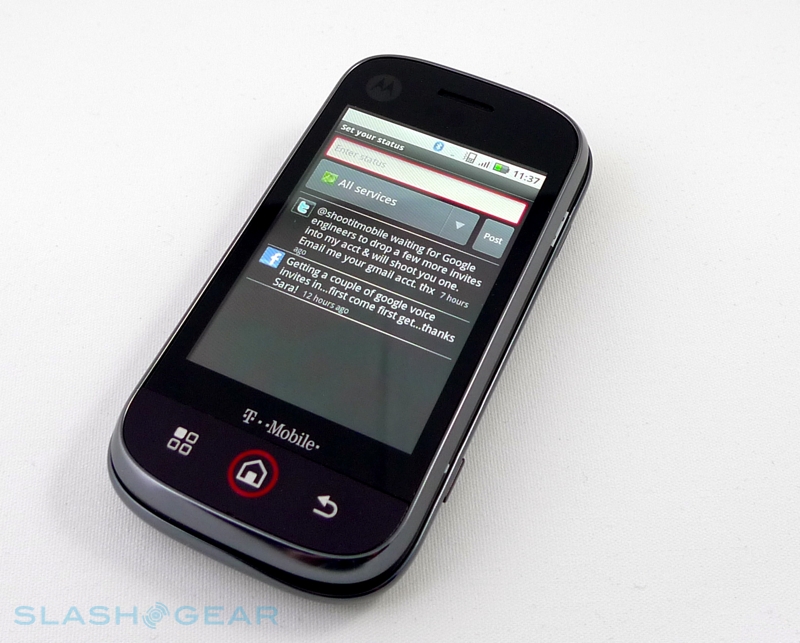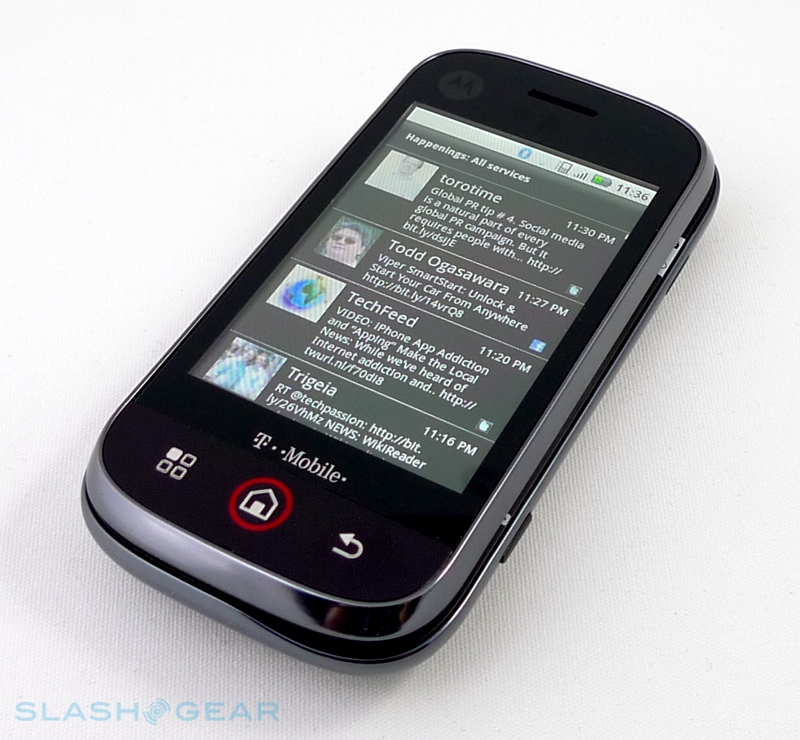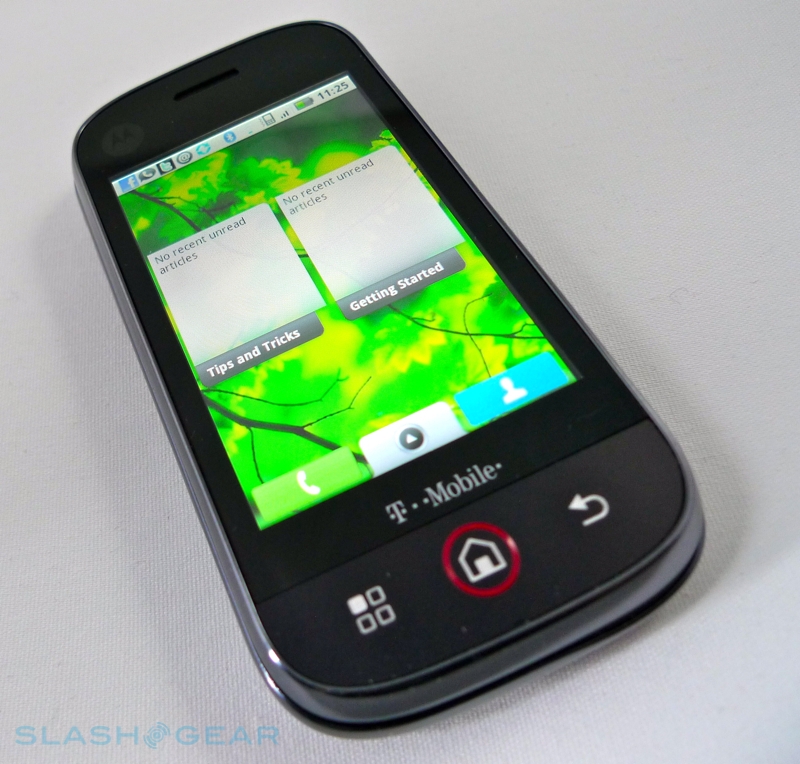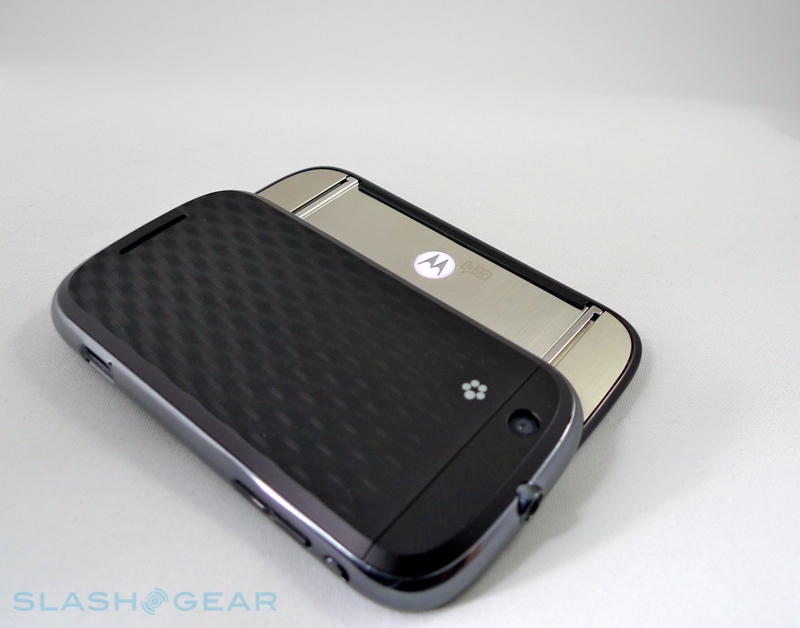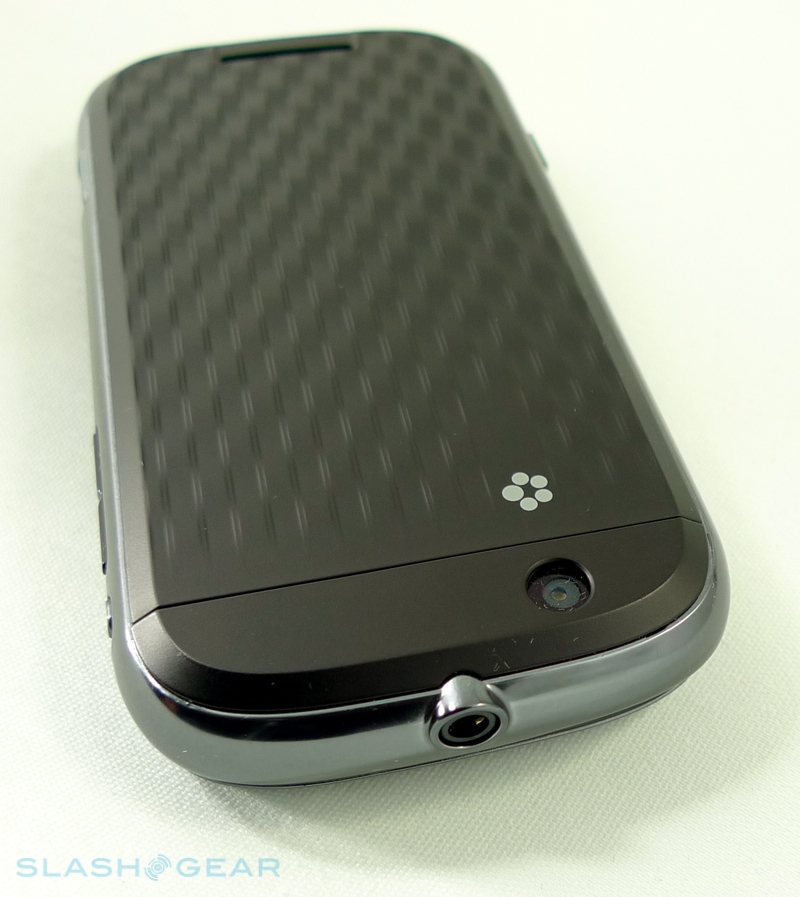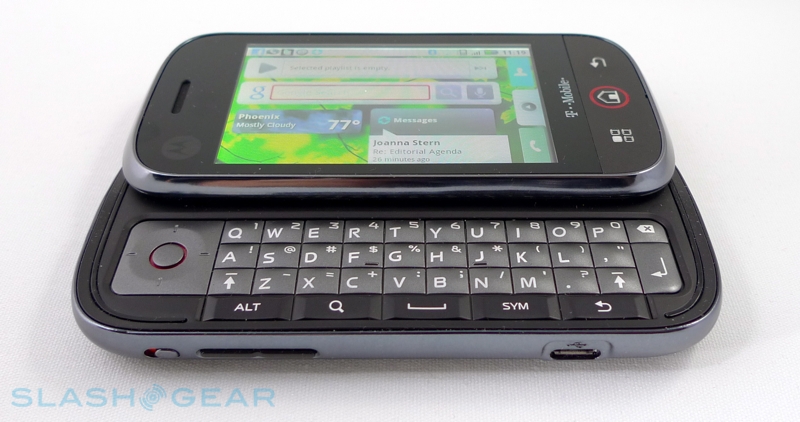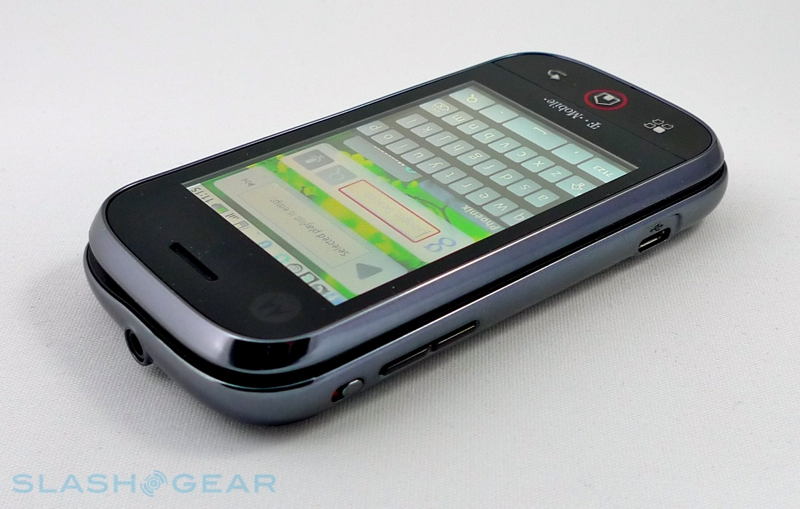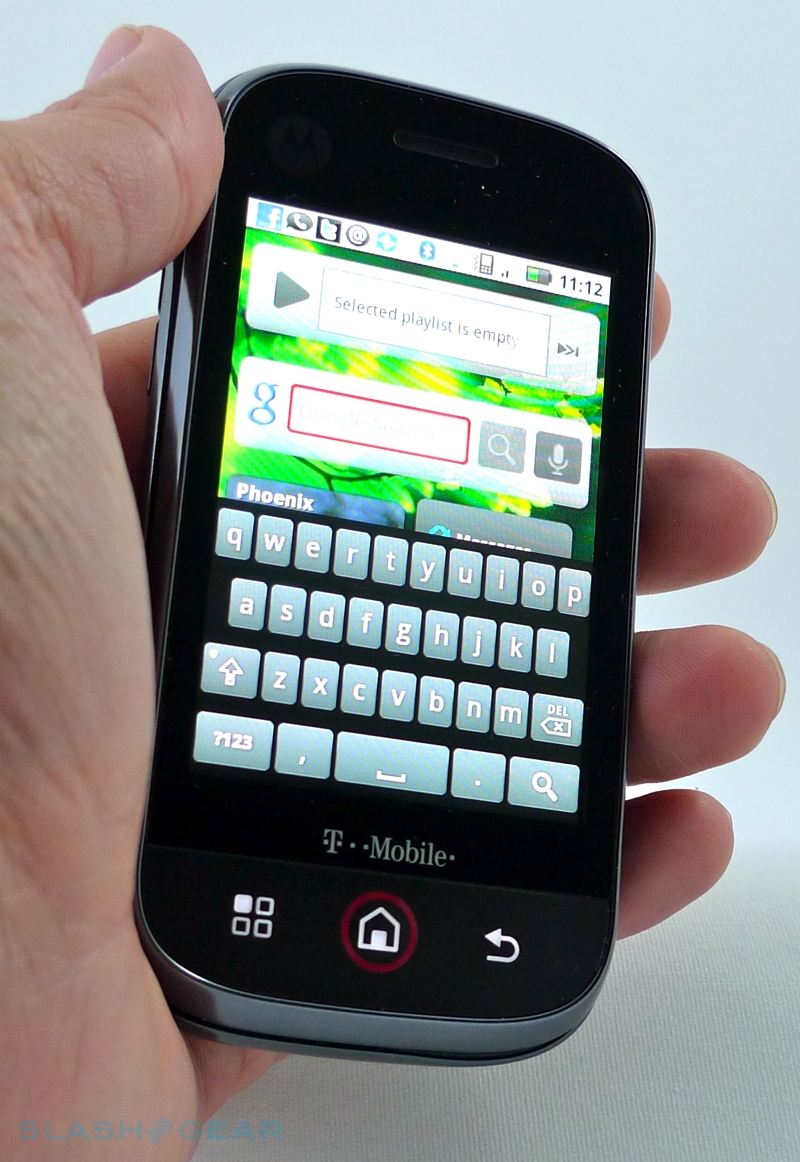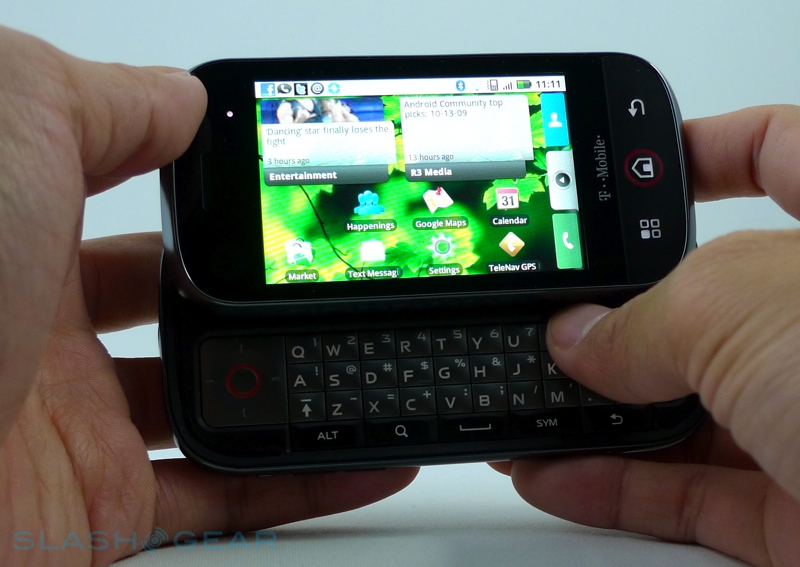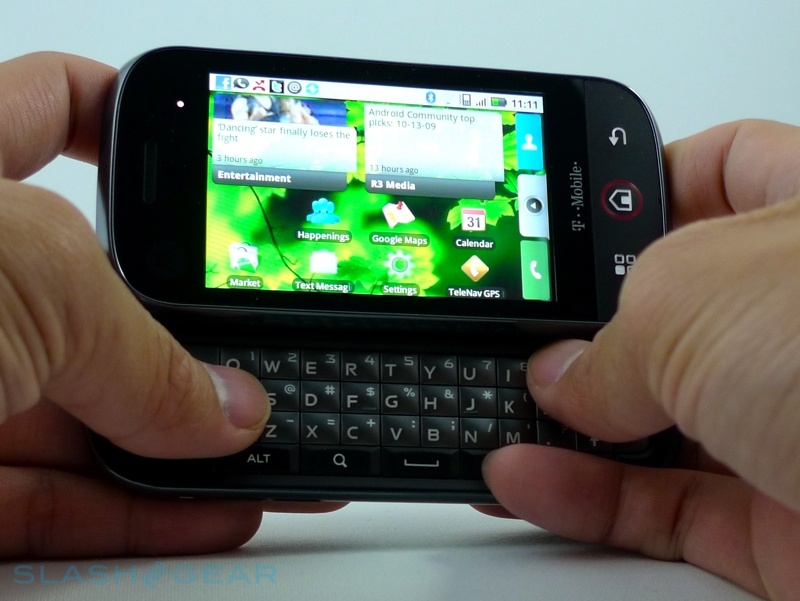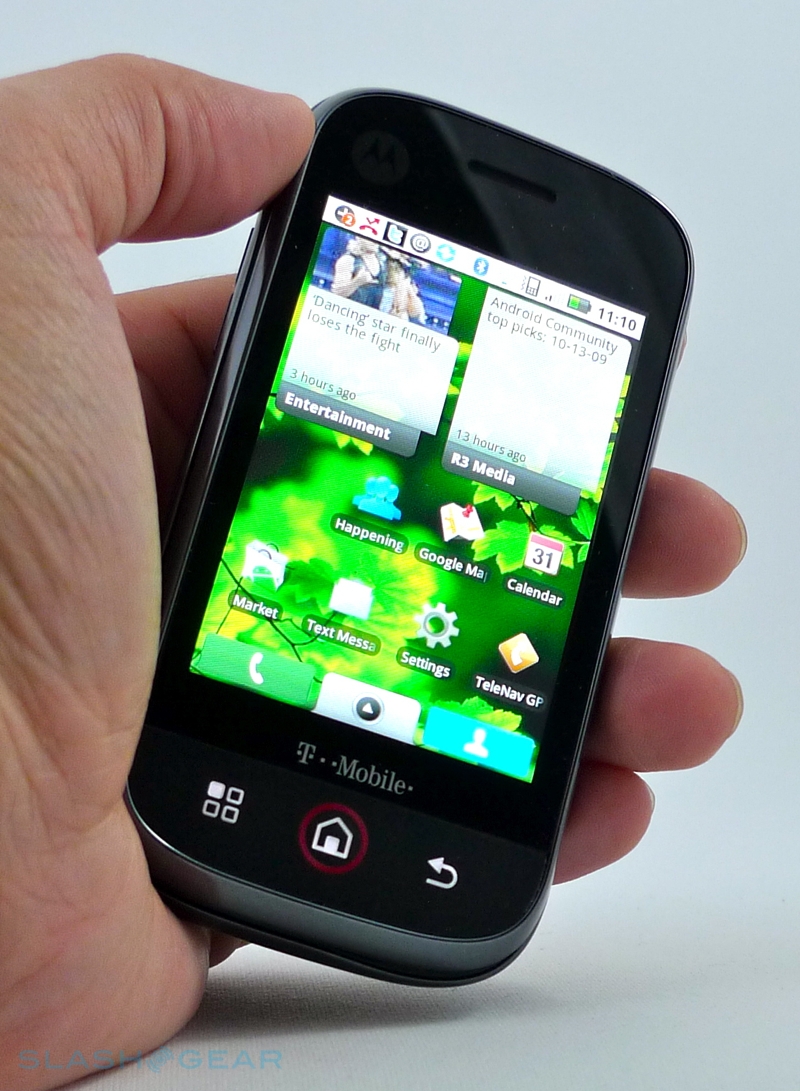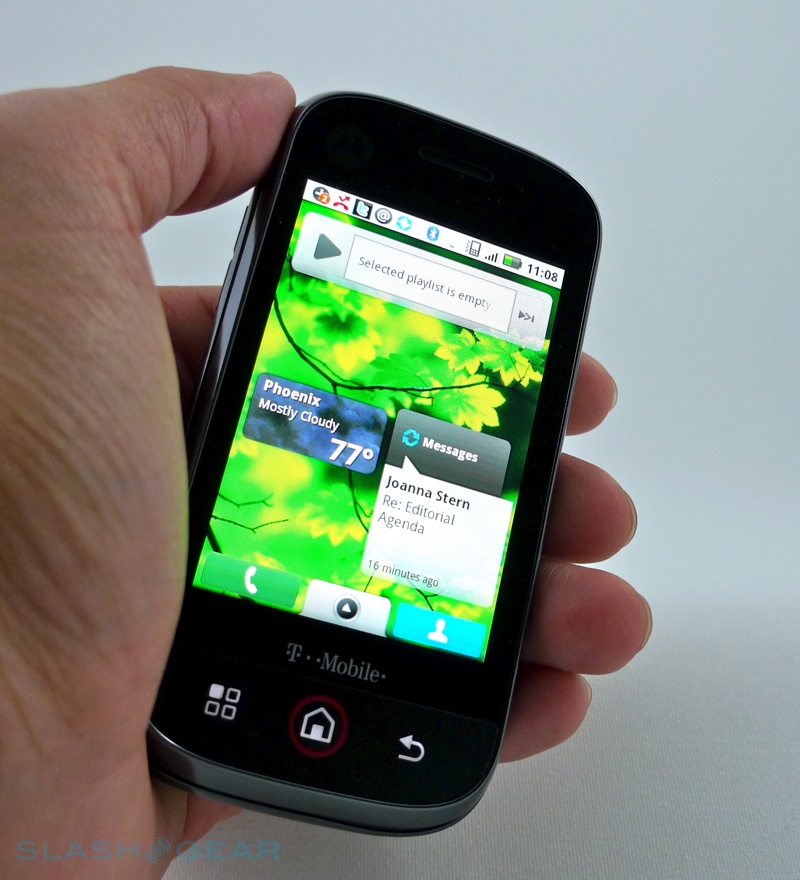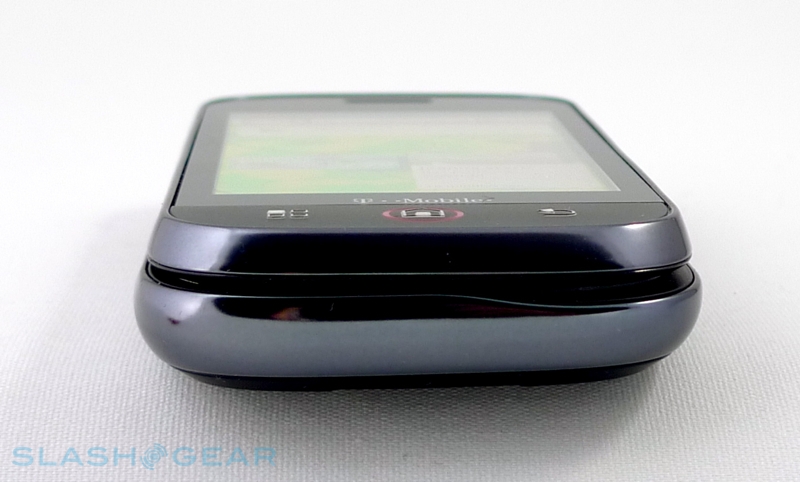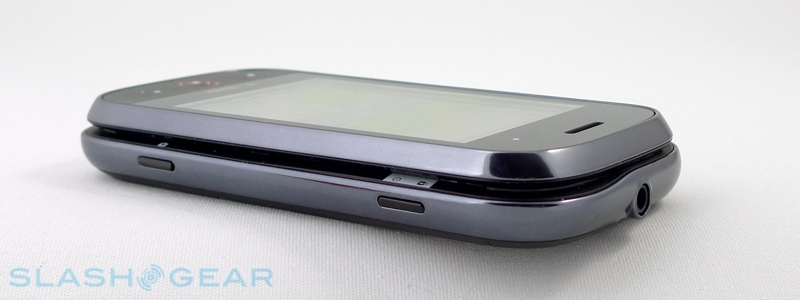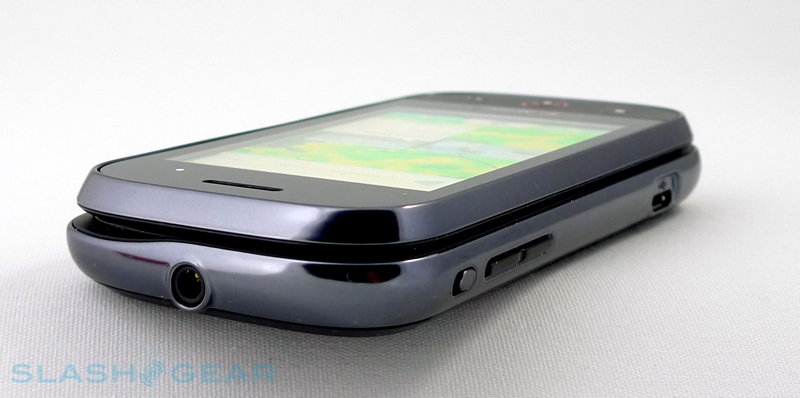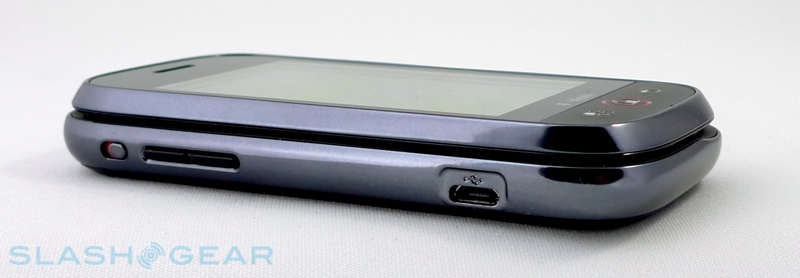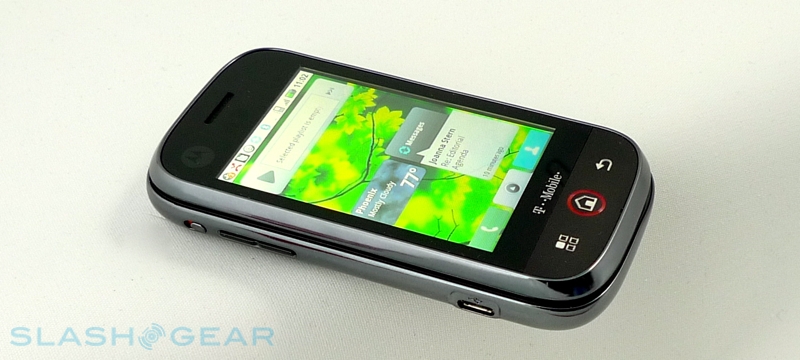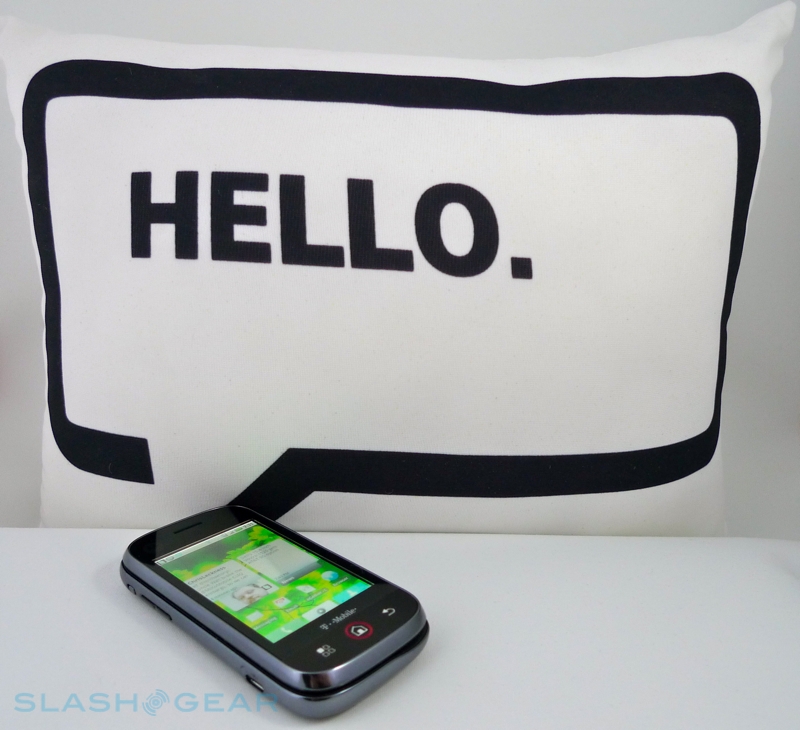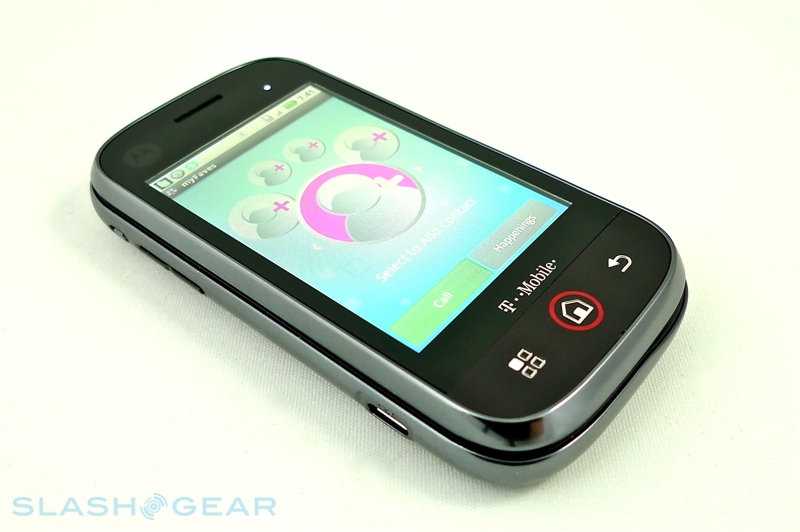Motorola CLIQ And MOTOBLUR Review
As Motorola have found over the past couple of years, it's taking an increasing amount to get geeks and gadget lovers to stand up and pay attention to a new cellphone. Right now, one sure-fire way of doing that is by launching an Android device, and so that's what the ailing mobile giant has done in the shape of the Motorola CLIQ (aka the DEXT outside of the US). Not only does the CLIQ promise to make a splash among Android handsets, it also marks the debut of Motorola's attempt to corral social networking into a mobile device. In our review we'll not only be looking at the CLIQ hardware, as Motorola's first-generation Android smartphone, but at MOTOBLUR and its potential beyond the CLIQ. Check out the full SlashGear review after the cut.CLIQ Hardware
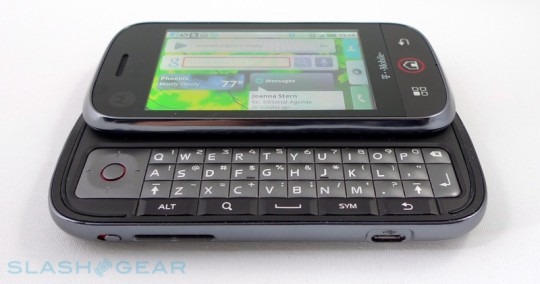
It would take a particularly generous reviewer to describe the CLIQ as handsome, but it's a reasonably solid, sensible chunk of hardware. Measuring at 2.28 x 4.49 x 0.62 inches and tipping the scales at 5.6oz it's shorter but broader than the T-Mobile G1, never a device we described as especially svelte, while the plastic back cover lack the solid feel we've grown used to from HTC's recent Android range. We can't help but wish some of the metal and industrial design of the original RAZR had found its way in the CLIQ's DNA.
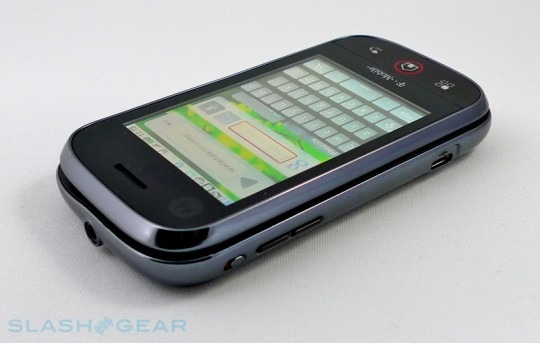
Still, all that chassis space has allowed Motorola to fit in a 3.1-inch HVGA capacitive touchscreen and a slide-out QWERTY keyboard, together with a D-pad and a few minimal front-panel buttons: home, menu and back. There's also a volume rocker on the top left-hand side, flanked by a microUSB port and a mute-switch, a 3.5mm headphones jack on the top, and a power/lock/unlock button and camera button on the right-hand side.
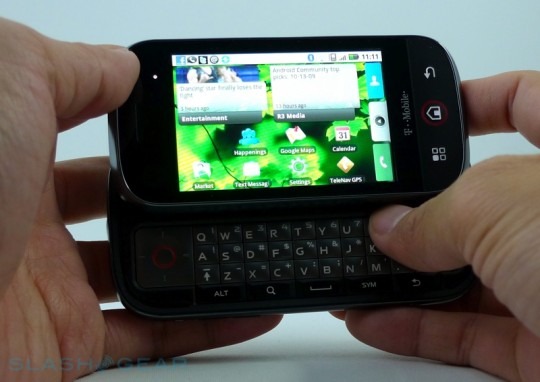
Like the case plastics, the QWERTY keyboard is solid but it's unlikely to convert BlackBerry addicts. The text legends (and backlighting) are easier to read than on the G1 and the key-feel, while firm, is fine for frequent use. As for the display, it's bright and colors are vivid. The touchscreen is responsive, but it's slightly on the compact side and we were glad of the hardware keyboard since the on-screen version is slightly cramped.
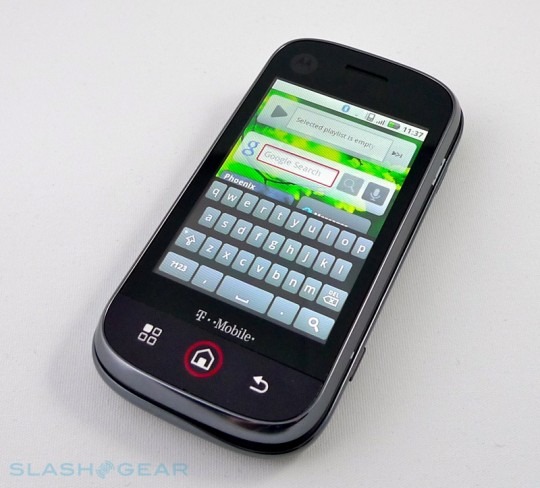
As for connectivity, there's no shortage there either. The CLIQ offers triband WCDMA 900/1700/2100 and quadband GSM, together with WiFi b/g, Bluetooth 2.0+EDR, GPS and AGPS. In addition to Google's Gmail app there's Exchange support and QuickOffice for document viewing, plus the usual Android apps such as Google Maps (with Street View and a digital compass), the Android Market, Search/Voice Search, GTalk and the YouTube viewer. It's important to note that MOTOBLUR pulls email to the device and does not use push. The quickest automatic pulling is 15 minutes, and according to Motorola it also the most efficient. Additionally, when you access the inbox (in-between sync intervals), the device will automatically sync with your email and pull in any updates to keep it fresh. To manually sync, press the icon at the top left of the inbox. Motorola also add in the Amazon Music Store app, imeem, Shazam and LastFM, together with the Accuweather widget. Unfortunately there's no multitouch support anywhere in the handset, despite the capacitive screen, which means no pinch-zooming in the CLIQ's browser.
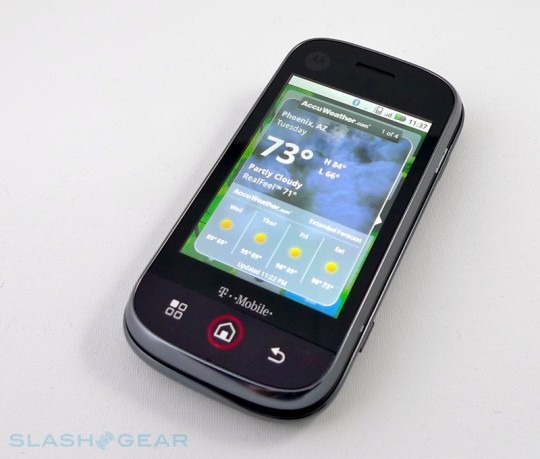
The CLIQ runs Android 1.5 (Motorola are yet to announce any plans regarding the recently launched OS v1.6) and unlike, say, with HTC Sense, they've not performed a full reskin of the platform. That means the usual drag-down status/notification bar is at the top of the screen and the pull-up main menu at the bottom, with a tweak to the desktop to allow for five rather than the traditional three homescreen panes. What you do get is MOTOBLUR, which we'll circle back to later in the review, which attempts to pull all of your social networking interactions into a single desktop widget.
As a phone, the CLIQ puts in a decent showing. There's no hardware send/end buttons, either on the front fascia or the slide-out 'board, but you do get an on-screen phone shortcut and a contacts shortcut flanking the menu tab. The CLIQ supports voice-dialling, which we had mixed accuracy results with, but there's a broad range of ways to view recent incoming/outgoing calls including sorting by frequency, time and whether or not they were answered. In addition to caller ID, incoming calls are linked to their contacts social network status – if available – so you see name, number, photo and their most recent update. Best of all there's no noticeable lag in pulling up that data, so you're not waiting for the CLIQ to update the display while it's simultaneously ringing.
In fact performance overall was generally good, and though we did encounter a few performance hiccups – especially when navigating through and between particularly data-heavy MOTOBLUR pages – our CLIQ review unit showed a marked improvement in speed compared to the demo devices we played with at the smartphone's launch. What we would say, though, is that as mobile devices are approaching desktop levels of social network accessibility, so the need for processors such as Qualcomm's Snapdragon will increase.
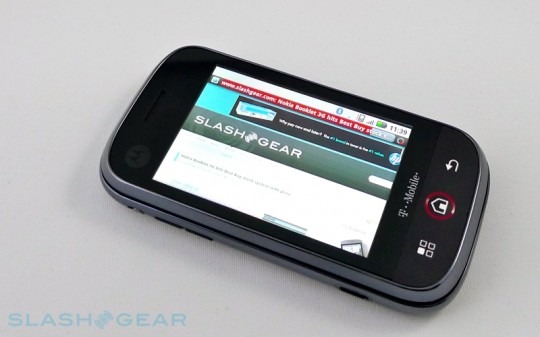
Battery life is often the downside to any media- or social-centric device, and having read previews criticizing the CLIQ's runtime we were nervous about whether MOTOBLUR might prove too much for the standard 1,420mAh li-poly pack. In fact, we've been pleasantly surprised by the CLIQ's longevity. With the display set to remain on unless actively shut off, and with the full gamut of RSS, Twitter, Exchange email/calendar/contacts streaming, the CLIQ lasted 9-10 hours. That's with incredibly heavy use, certainly above average, and leaves us in no doubt that you can certainly manage a full day. A recharge from flat to 100-percent, meanwhile, takes 90-100 minutes.
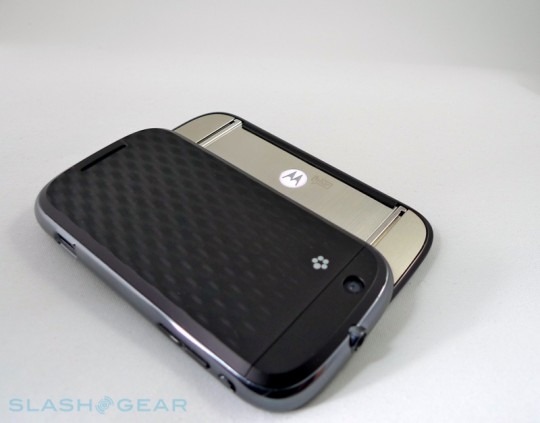
A 5-megapixel autofocus camera with geotagging puts the CLIQ on a par with what HTC's latest Android devices offer, though like those phones the quality lags behind of what you might find on some of Nokia and Samsung's recent photography-centric handsets. Still, the autofocus is reasonably speedy and there's decent integration with MOTOBLUR for actually sharing out your photos and video rather than simply having them sitting on the phone. Incidentally, we missed multitouch again in the photo viewer; the HTC Hero's pinch-zooming is far more usable.
MOTOBLUR
If the CLIQ is Motorola's toe-dipping into Android, then MOTOBLUR is their pledge to stick with the platform for some time to come. There's definitely a sense – both on the device and from talking with Motorola at the respective CLIQ and DEXT launches – that what we're seeing with the aggregation system is but the first step in the company's plans. As it stands, MOTOBLUR pulls in Facebook, MySpace and Twitter messages, status updates and content into a unified inbox, which Motorola call "Happenings". A desktop widget brings that stream directly to the Android homepage, while there are also individual app-specific widgets to pare down the flow. We wish there was a way to define our own filters, however; for instance, you can have a "direct message" Twitter widget, but not one that only shows any username mentions; nor can you prioritize specific contacts and pull out any updates they make into a separate window.
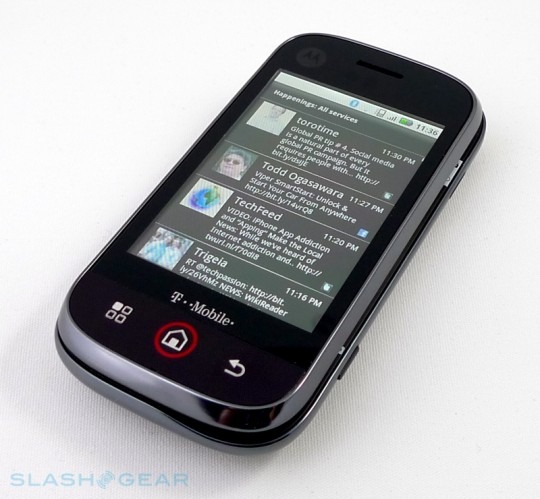
MOTOBLUR isn't just a way to consume information, as you can use it to push status updates to one or all of your social networks. Type in a new update or tweet and you can choose to send it solely through Facebook, Twitter or MySpace, or to all of them simultaneously. Unfortunately there's no way to select, say, just Facebook and Twitter, at least not in this first incarnation of the system.
It's another way to address the growing reliance on multiple networks for communication, maintaining address books and calendars, and like HTC Sense and Synergy on the Palm Pre it's good but not perfect. Once you log in, MOTOBLUR pulls together contacts from all the networks and combines them in your address book, complete with photos and that person's recent status updates, and there's also a cloud-based backup system, which takes information on the CLIQ and saves it remotely. The theory is that, if you lose, break or accidentally wipe your phone you can restore it from that backup; you can also remotely wipe a lost or stolen device.
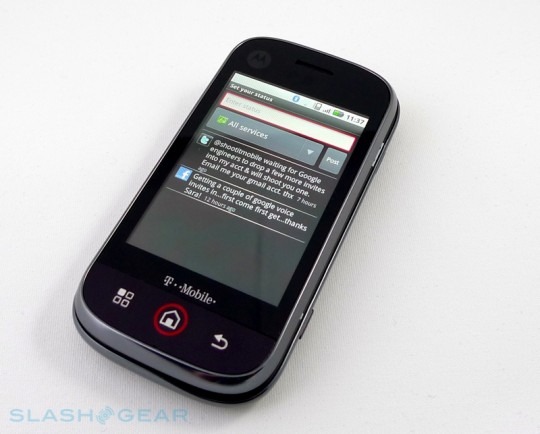
How successful MOTOBLUR is for you depends on how many contacts you have in Facebook, Twitter and MySpace, and how much time you spend glued to your smartphone. The CLIQ does a reasonably good job of bringing every scrap of new status, tweet and message to its screen, but there's no real differentiation between them. If you follow 500 fellow Twitterers and have 100 friends on Facebook then it's a fair bet that your Facebook friends will get lost among the stream of tweets. Motorola have told us that adding further social networks is simply a case of slotting a new profile into their servers – which could bring LinkedIn support, say – and we appreciate the future flexibility, but we hope they also introduce some sort of filtering or prioritization abilities to MOTOBLUR at the same time. If you're constantly checking your phone then you may be able to keep up with the stream as a whole, but after a day languishing in your bag you might be wishing for a "mark all as read" button to start from scratch.
MOTOBLUR is certainly a good start, and in certain ways we prefer it to HTC's system of integrating social networking with individual contacts but keeping them differentiated from each other. Having messages and communication from every paradigm – email, SMS, Facebook messages, tweets and more – can make communicating more straightforward, but it does require some setup. While the CLIQ attempts to automatically match contacts across the services, anything it can't combine will need to be done manually.
T-Mobile
T-Mobile's enhancements and tweaks to the CLIQ take something of a back seat in comparison to MOTOBLUR. The carrier loads its MyAccount app, for easy access to your monthly plan, together with Visual Voice Mail, which works just as you'd expect. MyFaves is also present, as is T-Mobile's usual Telenav-powered GPS navigation app; we've been pleased with the CLIQ's GPS performance, with the smartphone delivering both speedy locks and reasonably precision. Finally there's "Audio Postcard", which is basically dressed-up MMS messaging.
As for pricing, the Motorola CLIQ will come in at $199.99 with a new, two-year contract on T-Mobile. The carrier will begin taking preorders from October 19th, as long as you're an existing customer; deliveries – together with general sales availability – won't be until November 2nd. That makes it $50 more than the myTouch 3G, which of course lacks a physical QWERTY keyboard, and $70 more than the T-Mobile G1. Given the G1's age, and the added benefits of MOTOBLUR, we'd certainly pick the CLIQ over the older handset.
Conclusion
You can't help but judge the Motorola CLIQ on several different levels. For a start, it's the first Motorola handset in no short amount of time that we actually feel has any great appeal, which has to bode well for a company struggling to refined its footing after some pretty dire product decisions. It's also a first attempt, not only with Android but, bolder still, with a custom interface that attempts to wrestle social networking into a manageable mobile proposition. That's not something any other company can lay claim to having fully succeeded at, and while we have our complaints with MOTOBLUR we reckon Facebook, Twitter and MySpace addicts will see it as a huge draw. It's certainly the most in-your-face way to date of delivering frequent updates on a smartphone.
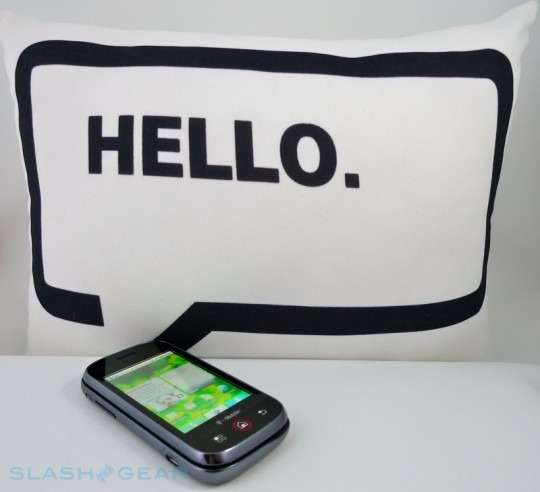
The CLIQ itself is less dramatic as a device. Build quality is on par if not slightly better than rival devices and functionally it's reasonable, but there could be a little more excitement or allure in the physical hardware. Perhaps aiming for that might have been too ambitious at this stage for Motorola, but after years of complaining at the reheated RAZRs they've been pumping out, we find ourselves staring wistfully at the old design language and wishing some of it had translated into the CLIQ. Nonetheless, there's a lot to like about the Motorola CLIQ – and about the company's enthusiastic plans for MOTOBLUR – and to the shallow pool of Android options it's a strong entrant and an appealing one.

